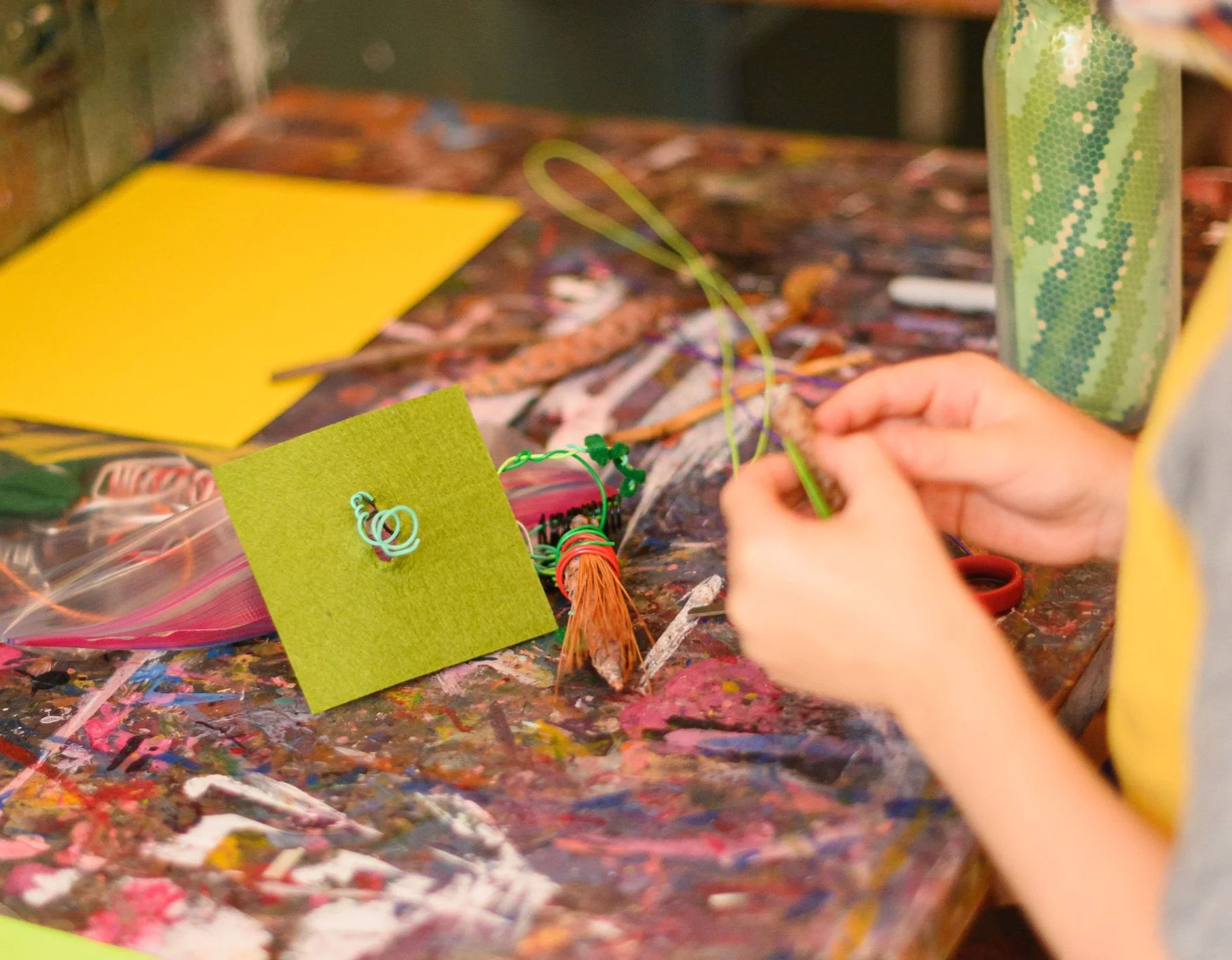A Great Habit: Persistence
What are we really teaching? Is it art? Is it creativity? I often come back to the idea that I’m teaching a mindset: the mindset of an artist. Luckily, educational scientists at Harvard have deeply studied the behaviors of studio artists and how their “habits” can not only benefit students in the art studio but can permeate the spirit of an entire school. You can learn more about the Studio Habits of Mind here but for this post, I’m going to focus on what I feel is the most important habit both within and outside the studio. Drumroll, please…
ENGAGE AND PERSIST: Studio Habits of Mind define this habit as “learning to embrace problems of relevance, to develop focus and other mental states that are conducive to persevering at tasks.”
The biggest difference we can make as educators is to change our students’ perceptions of their own capabilities. When I hear a student say, “I’m done!” sometimes this comes from impatience but more often it stems from their lack of knowledge about how to push their work further coupled with their lack of confidence to ask for guidance. It’s a lot easier to declare your work done, rather than reflect on how you can make your work better. So, how do we encourage this behavior? Here are some tips:
Stigmatize “Done”: “Done”, in your art studio, must become a bad word. There are so many places where finishing something is rewarded, but not in the art studio. Here we linger with our work and our new materials; ever questioning ourselves and the artists around us for ideas of how to make our work stronger.
Limit distribution of materials: When you focus on one material or one technique per lesson, you’re teaching your artists how to more deeply investigate the limitations and possibilities of that new tool. The more they become accustomed to having less in the physical world, the more they’ll rely on the practice of reflection, planning and creative strategy.
Scaffold the concept of reflection: Model the types of questions they can ask themselves and others about their work throughout their creative process and especially towards the end of a project. Display these questions clearly in your studio so they become part of classroom conversation and teach our artists how to use their studio community to help them persist.
Pacing: Give students concrete ideas of time throughout the work session. Imagine if you were coaching someone to run a marathon and they had no idea how much longer the race was…it’d make it a lot harder to keep going! Keep time for them, celebrating how many minutes they’ve been working and how much time they have left.
Reward persistence: Call out students who are working slowly, working through artistic problems with their peers and focusing on reflection rather than completion. Make your expectations for persistence clear and use model artists within the classroom for inspiration.
I can guarantee (from experience) that if you explicitly teach the act of engaging and persisting you will soon have students who will delve deeper into their work, create pieces that are more complex and understand themselves better as artists. They’ll have to ask themselves and each other hard questions about how they can improve and soon, the culture of your studio will breed more extended focus. Enjoy your persistent studio community!

